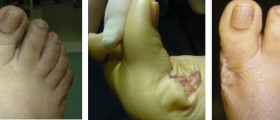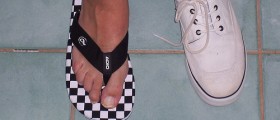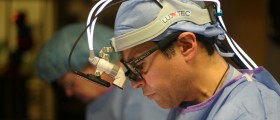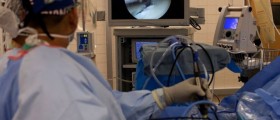
What is the Pectus Excavatum?
Pectus excavatum is a congenital anomaly, but very often this deformity can be acquired in the cases of permanent pressure on the sternum during body growth. Deformities are four times more common in boys than in girls.Symptoms and Complications
Depending on the prominence of deformity, it may cause serious functional disorders of the respiratory and cardiovascular tract, or symptoms that may be just an aesthetic problem eventually causing psychological disorders. Symptoms are reflected in the reduction of thoracic volume, reducing the amount of inhaled air, pressure on the heart and its suppression to the side, which can lead to interference of its functioning.Deformity, in its severe forms, in addition to aesthetic problems may cause the difficult functioning of vital organs located in the thoracic, of which the compression of the cardiac muscle is the most serious disorder.
Treatment
Correction of this deformity involves the use of physical therapy which primarily aims increasing the capacity of the thorax, establishing proper breathing by breathing exercises and developing and strengthening the chest muscles. Unfortunately, there are no effective orthopedic tools for this type of deformity.Surgical Procedure
Pectus excavatum is usually corrected by surgery.The history of medicine offers a method designed by American surgeon Mark Ravitch, which through long-term open surgery assumes cutting ribs cartilage and sternum, and then fixing them by the various rails. This procedure lasts for several hours and it is accompanied with heavy loss of blood, Results of these surgeries were solid, with the number of patients who were dissatisfied with its aesthetic effect.
American pediatric surgeon Donald Nuss Norfolk published in 1997, the first work with the new minimally invasive repair method of pectus ekskavatum which is named after the author - Nuss's method. This method is different from the earlier method because it is performed through two small incisions on the side of the chest. This method uses a special instrument which is passed behind the sternum, setting a special pectus bar, which was previously modeled after the ideal shape of the patient's chest. The above procedure is performed without blood loss in a very short time of 40 minutes, providing excellent aesthetic effect. Before the surgery state of the esophagus and surrounding blood vessels should be checked to see how the surgery will affect them. On this way, the patient gets rid of the deformity. Today, this method is generally accepted and expanded in the world.
















Your thoughts on this
Loading...